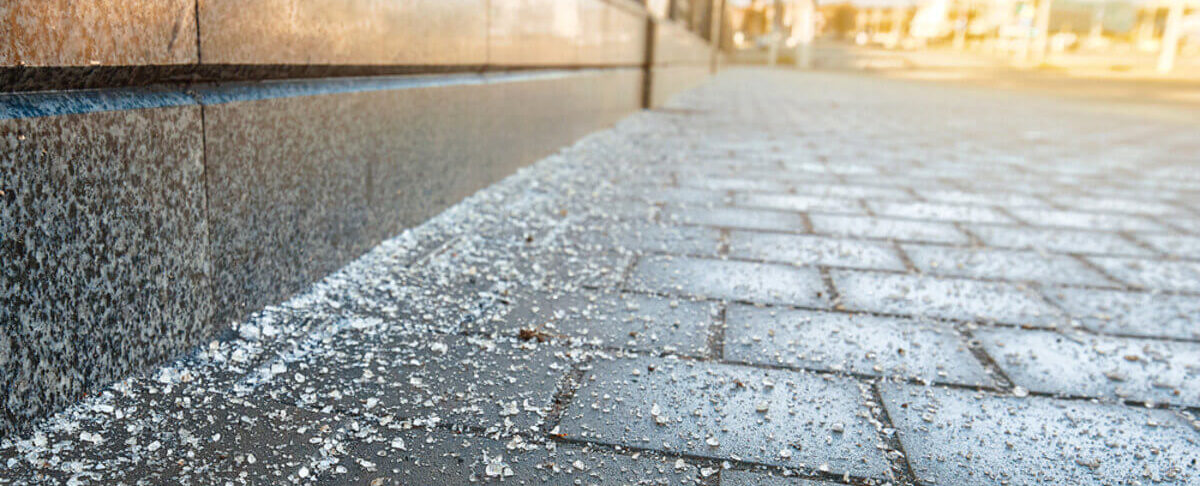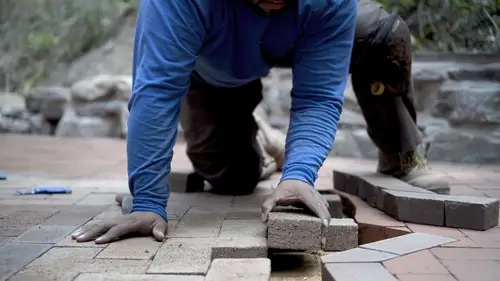Winter in Denver and the surroundings means there will be snow and ice to contend with. If you recently had new concrete installed (whether by our team or another contractor), taking the right approach to de-icing is critical in order to protect the surface, avoid spalling, and keep things safe. Here’s a guide to de-icing your new concrete the smart way.
Why new concrete is more vulnerable
Newly poured concrete takes time to cure fully and reach its optimal strength. During that period, aggressive de-icing salts and freeze-thaw cycles can cause damage: surface scaling, cracking or premature wear. That’s why choosing the right methods matters.
Best practices for safe de-icing

- Wait the recommended cure time before heavy de-icing. Typically you want concrete to have cured at least 7-14 days (or as directed by your contractor) before using strong salt-based de-icers.
- Use gentler de-icing options when possible: calcium magnesium acetate (CMA), calcium chloride with low chloride content, or sand/grit for traction. These are less aggressive than sodium chloride (rock salt).
- Clear snow promptly: Use a plastic-edged shovel or broom (avoid metal blade scraping) to minimize damage. The sooner you remove snow, the less reliance on de-icers.
- Apply de-icer sparingly: Follow manufacturer instructions. More is not better — excess can soak into concrete and expand when frozen, causing internal stress.
- Rinse away residue in the spring: After the season, rinse the concrete surface to remove residual salt or chemicals which could accelerate degradation over time.
Avoid these common missteps
- Applying rock salt immediately after pour/cure.
- Using metal-edged tools aggressively on fresh concrete.
- Neglecting drainage: pooling meltwater around edges can seep under slabs and freeze, causing movement.
- Ignoring cracks: small fissures allow water infiltration, leading to freeze-thaw damage. Seal or repair sooner rather than later.
Why your risk is lowered with the right contractor
When you choose a contractor like Faros Construction Services, you gain the benefit of quality practices: proper concrete mix design for weather conditions, correct finishing, curing methods and expert knowledge of winter conditions in Colorado. That means your slab is built to handle what the season throws at it.
Final thoughts
Taking the right care of your new concrete during winter isn’t just about safety — it’s about protecting a major investment in your home. If you’re unsure which de-icer to use, have recently poured concrete, or need help inspecting your slab for potential damage, our team is ready to support you. Let’s help your concrete stay strong, smooth and reliable for years to come.





